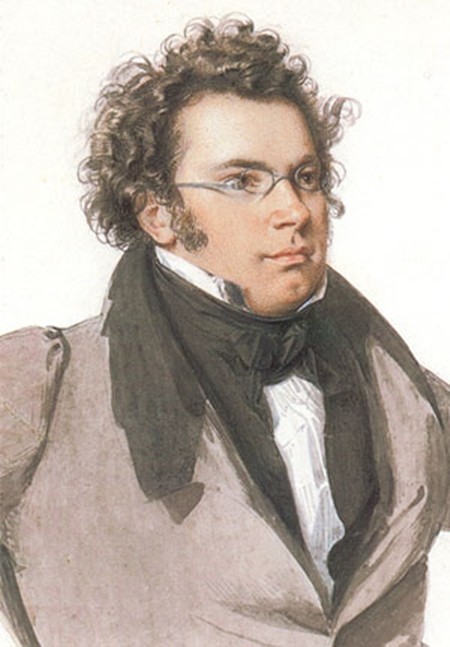
If you spent your childhood years in Great Britain it’s more than likely that you came across a series of children’s books by Enid Blyton which related the summer holiday adventures of four children and a dog. I refer of course to the Famous Five although this name wasn’t used until 1951 after nine books in the series had already been published.
Enid Blyton evidently intended to write only six or eight books but their huge commercial success encouraged her to write twenty-one full-length Famous Five novels. She could apparently knock out a book within a week. It often showed, for there was sometimes a good deal of repetition. The child characters were aged about twelve or thirteen but they never seemed to grow up very much. They were frozen in childhood forever.
The books are still selling today at a staggering rate of two million copies a year. They’ve been translated into ninety languages. Yes, including Thai since you asked. Out of curiosity, I bought one of the Thai versions recently at Big C and wondered what the average kids in Buriram or Surin would make of these privileged, well-educated, middle-class and slightly insufferable British children obsessed with chasing petty criminals.
To a classical musician, “famous fives” will instantly bring to mind some of the great quintets. The string quintet can be traced back to early years of the seventeenth century. It’s usually a standard quartet (two violins, viola, and cello) supplemented by a fifth stringed instrument. Sometimes a woodwind instrument is added to the string quartet used such as a flute, oboe or clarinet thus providing a pleasing contrast of tone colour.
I was about the same age as the children in the Enid Blyton novels when I first heard this work. It was on a Philips recording and featured the cellists Paul Tortelier and Pablo Casals, arguably two of the greatest cellists ever. Unfortunately, parts of the recording were marred by Casals’s characteristic deep-throated groaning.
Schubert completed this quintet in the autumn of 1828 but when he offered the work to his publisher the response was lukewarm. Even at the end of his career, Schubert was still regarded as a writer of songs and piano pieces. His chamber music was not taken seriously. This is richly ironic because this quintet is now regarded as being among the finest chamber works ever written. Schubert died just a couple of months after its completion.
He scored the work for string quartet plus an additional cello which often enjoys as much of the limelight as the first violin. The presence of the extra cello brings a darker, richer tone to the sound. But the most compelling thing is the sheer expansiveness of the work, the richness of melody and the brilliant use of harmony.
Schubert often contrasts lyrical moments with unsettling violent passages. The second theme of the first movement (01:58) has brought a tear to many an eye and the opening of the sublime slow movement (15:12) takes the listener to some tranquil, heavenly place for removed from the physical world. Then in typical Schubert fashion, the mood is shattered (19:56) by a troubled and disturbed section until the energy gradually subsides and finally returns us (26:01) to the peaceful place where we started. The bucolic scherzo could not offer more contrast and the reflective middle section daringly explores sudden changes of key and has many wonderful magic moments of harmony. The dance-like finale (38:18) offers a wealth of delightful melody.
Mozart wrote two major works for clarinet; the concerto and the quintet, scored for clarinet and string quartet. They were both written for Anton Stadler, one of the leading Viennese players of the day. Mozart completed the quintet in September 1789. Incidentally, both works were originally written for the basset-clarinet which has an extended lower range.
This is a brilliant work which draws on Mozart’s enormous skills in melody-writing, drama and harmony. The Larghetto which forms the slow second movement is stunningly beautiful. The last movement has always struck me as a somewhat repetitive set of variations on a singularly banal tune. The lugubrious third variation with its tiresome viola solo sounds like a lapse of taste on Mozart’s part but perhaps he was pandering to the current Viennese fad for all things Turkish. I have the score in front of me and can’t help wondering what he was up to. But perhaps Wolfgang had been taking in a bit too much Austrian wine that day. By all accounts, he was an enthusiastic imbiber.
 |
 |
 |





